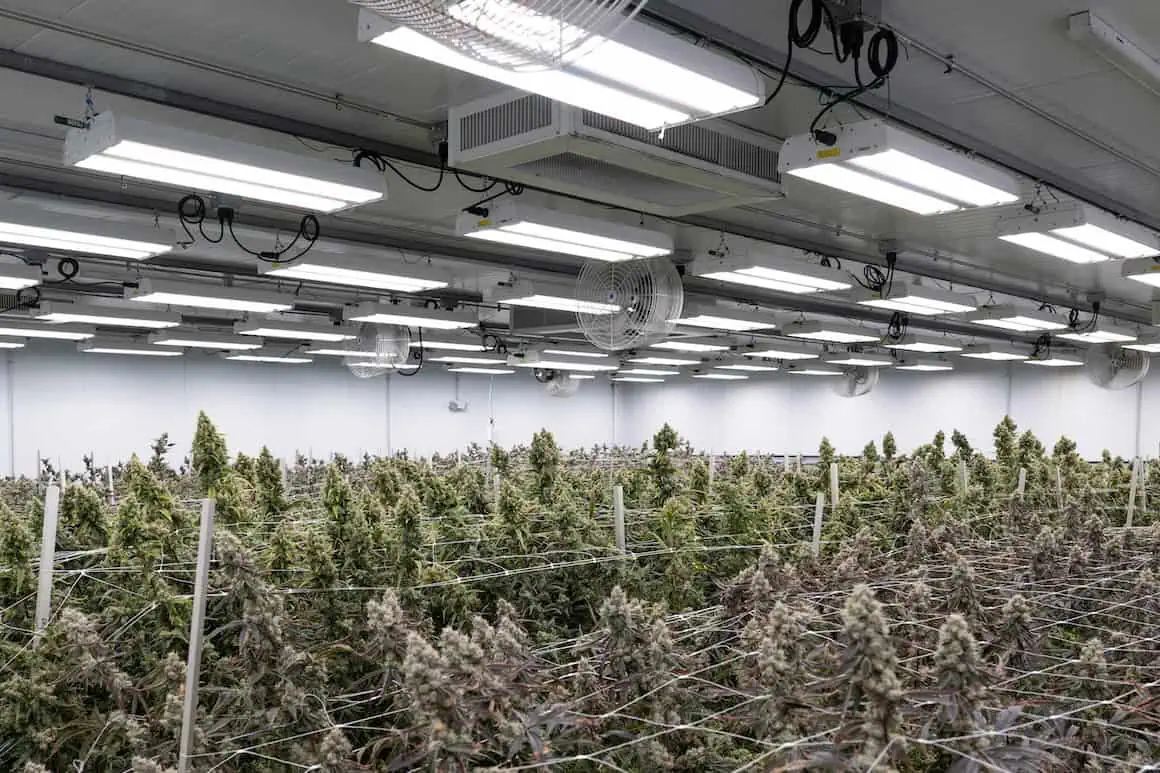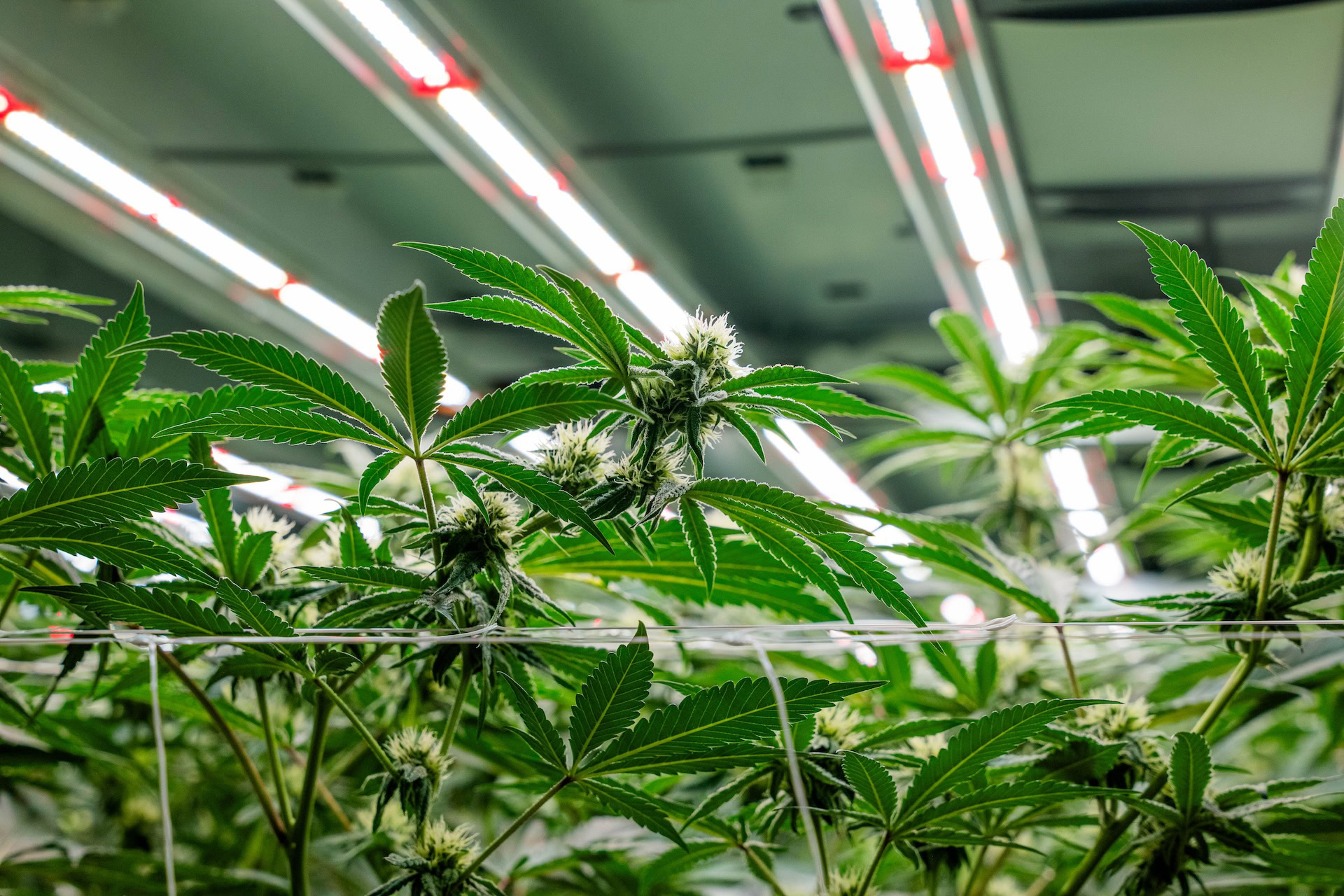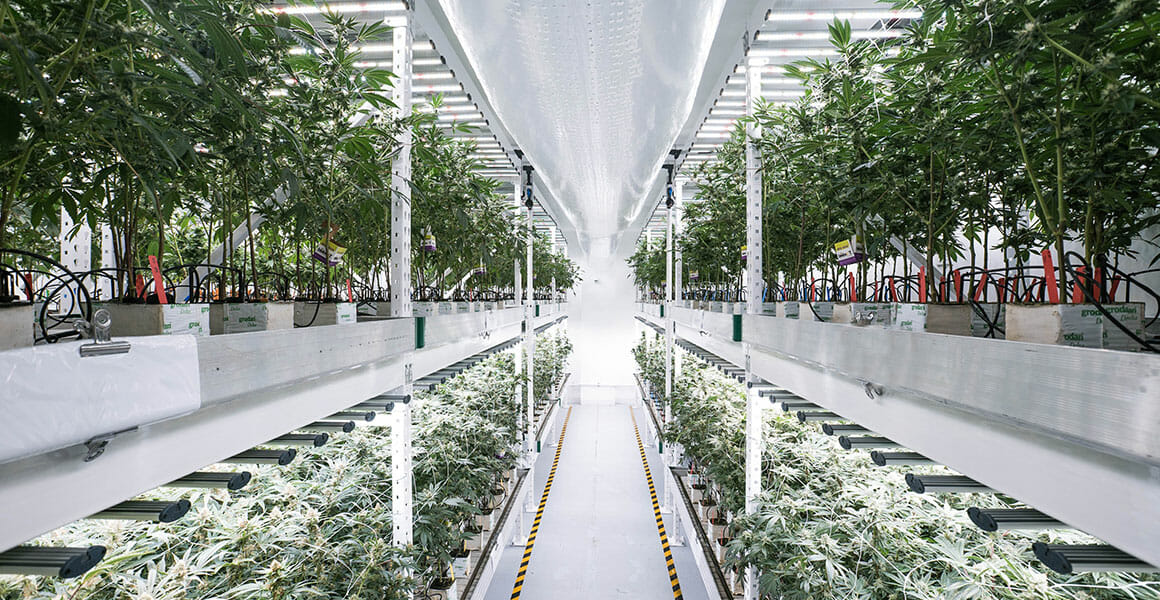How to avoid costly mistakes and maximize performance with expert insights from Fluence’s Chris Bezuyen
Installing LED lighting in a cannabis facility isn’t just a plug-and-play upgrade. It’s a complex process that requires strategic planning, technical precision, and collaboration across teams. Whether you’re retrofitting an old space or building from scratch, avoiding missteps starts with knowing what to prepare for.
We spoke with
Chris Bezuyen, Application Engineering Manager for Fluence and Philips Horticulture, who has led countless lighting deployments across North America. His team has seen what works, what fails, and what’s often overlooked. Here are the five most important things to get right from the start.
1. Hold a Pre-Wire Meeting Before Any Work Begins
The most
effective LED installations start with communication—and the most crucial tool is the pre-wire meeting.
“First and foremost, let’s make sure everybody’s on the same page,” says Bezuyen. “Make sure everyone reads the installation instructions and reviews the supplied system design documentation.”
This short meeting—often less than an hour—can prevent costly mistakes later by ensuring all stakeholders understand fixture layout, electrical plans, and system requirements. It also helps verify that all components have arrived, are undamaged, and are ready for installation.
“I’ve seen it more often where an installer says, ‘I’ve seen this before,’ and makes assumptions—then ends up starting from the wrong spot,” Chris notes. “The pre-wire meetings avoid that.”
2. Get Electrical and HVAC Planning Right Up Front
Many installations fall short because cultivators assume existing electrical systems or HVAC setups will suffice. That’s a costly gamble.
“Electrical planning is mission critical,” Chris emphasizes. “So often cultivators assume they have adequate power capacity or that their panels are suitable. You want to confirm panel capacity, circuit availability, and load balancing.”
He also warns against underestimating HVAC requirements. LEDs produce less radiant heat than
HPS lights, which changes the thermal profile and relative humidity composition of a room.
“HVAC is so fundamental for a grow,” he says. “With LEDs, there’s less radiant heat, so the humidity increases. Cultivators need to be aware of how this affects the environment and plan accordingly.”
Upfront consultations with certified electricians and HVAC engineers with horticultural experience help avoid tripped breakers, poor climate control, and unplanned downtime. Waiting until installation day to address these systems can derail even the most well-designed lighting plan.
3. Customize Your Layout for Uniform Light Distribution
There isn’t a one-size-fits-all lighting template in cannabis cultivation.
A proper layout should reflect your canopy structure, crop targets, and facility limitations.
“Our lighting layouts are very much tailored to the canopy and to the facility,” Chris explains. “Uniformity is so important for production. A uniform design ensures even growth and makes the grower’s day easier.”
Bezuyen’s team uses PPFD targets and cultivation style to inform fixture selection, spacing, and mounting height. This process not only supports plant health but also simplifies workflows for the grow team.
“We want to ensure the luminaires are hanging at the right spacing and height,” he adds. “That starts with pre-planning and reviewing the design with the grower.”
4. Differentiate Between Retrofits and New Builds
Retrofitting, or installing LEDs in an existing facility, presents different challenges when compared to starting with a blank slate. And those differences should shape your entire planning process.
“
With a new build, you can optimize from day one,” says Bezuyen. “You can tailor power distribution, HVAC integration, and even plan for scalability.”
In contrast,
retrofits often involve aging infrastructure, limited ceiling heights, and immovable objects that affect light distribution.
“More often than not, we bump into structural obstacles,” he says. “Obstructions make it challenging to achieve uniformity, but our team works around them to deliver the best possible lighting plan.”
Retrofitting may also require infrastructure upgrades—so budget and schedule accordingly.
5. Choose a Lighting Partner, Not Just a Vendor
Many lighting manufacturers sell you the hardware and leave you to figure the rest out on your own. Fluence takes a different approach.
“We want to act as partners, not just suppliers,” Chris says. “We get involved from the design phase, and we want to ensure there is alignment from delivery all the way to being fully operational.”
Bezuyen’s team offers virtual support, detailed design documentation, and—when needed—onsite visits. Their goal is to make sure the install follows the design and hits the performance targets.
“We try to do most of it remotely,” he explains. “But if needed, we’ll come to the facility to ensure it’s ready. It’s all about making sure the grower succeeds.”
Final Thoughts: Avoiding Downtime Starts with Planning
Whether you’re upgrading a single room or launching a new facility, these five essentials are your blueprint for success. From verifying electrical capacity to tailoring fixture layouts, every detail matters.
“The things we can do proactively ahead of time help avoid costly delays and costly downtime,” says Bezuyen.
His advice is clear:
plan early, consult experts, and choose a partner who will walk with you from design to deployment. That’s the recipe for a smooth LED lighting installation that delivers performance, efficiency, and consistent yields.
Chris Bezuyen
Applications Engineering Manager

Chris leads the Fluence Application Engineering team. He has more than 25 years of experience in lighting controls and power electronics design. Chris and his team work closely with growers to develop and implement highly effective horticulture lighting solutions.


